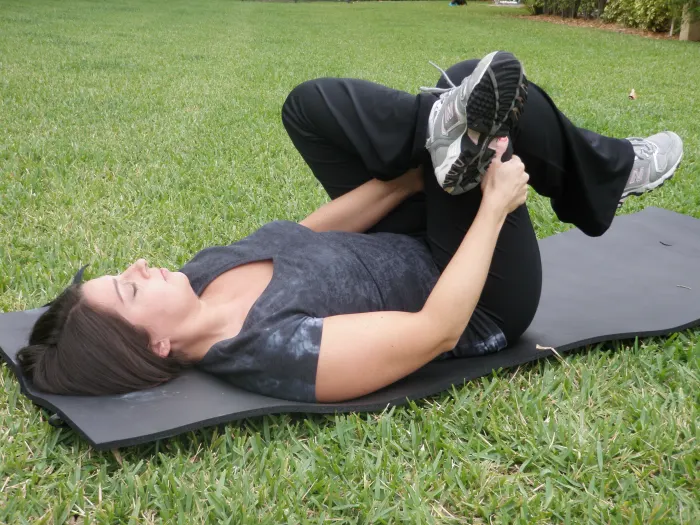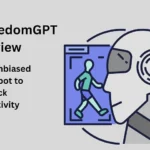Understanding the Piriformis Muscle
If you experience lower back or leg pain after a workout, it might be time to try the piriformis stretch. This muscle, often overlooked, can be the source of discomfort, especially if the pain shoots from your lower back down through your hamstrings. While not always the culprit, many healthcare professionals focus on the piriformis muscle when diagnosing such pain.

The Anatomy of the Piriformis Muscle
The piriformis is a flat, triangular muscle that runs from the side of your hip to your pelvis, specifically connecting to the sacrum, the triangular bone at the base of your spine. This muscle helps rotate your thighs outward and plays a key role in stabilizing your hips and lower body as you walk. It also assists in abduction, which moves your thighs away from the body’s midline.
Understanding how this muscle functions can help you perform stretches more effectively and prevent injury during your workouts.
Why Stretching the Piriformis Is Important
Stretching your piriformis muscle is crucial for preventing lower back and leg pain, and it can also improve flexibility. Tightness in the piriformis can contribute to pain in areas like the buttocks, hamstrings, and even your calves. Incorporating specific stretches into your routine can alleviate this discomfort and prevent further injury.
The Benefits of Piriformis Stretching
- Relieves lower back and leg pain: A tight piriformis can compress the sciatic nerve, leading to pain that radiates down your leg. Stretching helps alleviate this.
- Improves flexibility: Regular stretching increases range of motion in your hips and legs, which can help you move more efficiently.
- Prevents injury: Keeping the piriformis muscle flexible reduces the risk of strain during physical activity.
The best part? These stretches are easy to do anywhere—at home, at work, or at the gym.
Piriformis Stretching Techniques
1. Chair Sitting Stretch
This stretch is great for when you’re sitting at work or relaxing at home.
- Sit upright in a chair and place one ankle on the opposite knee.
- Make sure your leg is parallel to the floor.
- Slowly lean your chest forward until you feel a stretch in your hips.
- Keep your back straight throughout the stretch.
- Hold for 20–30 seconds, then switch legs.
This stretch is excellent for beginners and can be done daily to improve flexibility.Read more here clubneet.

2. Cross-Legged Stretch
You might already do this stretch without realizing it, especially if you sit cross-legged often.
- Sit cross-legged on the floor for 5–15 minutes each day.
- This position helps open up your hips, improving the flexibility of your piriformis and surrounding muscles.
If it becomes uncomfortable, stand up, stretch, and then return to the position. Over time, you’ll notice increased flexibility in your hips and legs.
3. Common Piriformis Stretch
This classic piriformis stretch offers a more intense stretch than the previous exercises.
- Lie on your back with both knees bent.
- Cross one leg over the other, resting your ankle on your opposite knee.
- Lift your uncrossed leg off the floor and gently pull it towards you.
- Hold the position for 30–40 seconds, then switch legs.
This stretch provides deep relief for the piriformis muscle and is ideal for those dealing with persistent tightness.
4. Pigeon Pose (Advanced)
A popular yoga pose, the pigeon pose is more advanced but provides an intense stretch for the hips, glutes, and thighs.
- Start in a downward dog or push-up position.
- Slide one knee toward your hand and angle it under your body, with the outer part of your ankle resting on the floor.
- Stretch the opposite leg back, keeping your hips square to the floor.
- Hold the position for 45 seconds to a minute before switching sides.
If you’re new to yoga or have tight hips, consider starting with a modified version of this pose and gradually working up to the full pigeon pose.

Final Thoughts on Piriformis Stretches
Incorporating these stretches into your routine can significantly improve hip flexibility, alleviate lower back pain, and prevent injuries. Always remember to consult with a healthcare professional before starting any new exercise regimen, especially if you experience chronic pain or discomfort.


